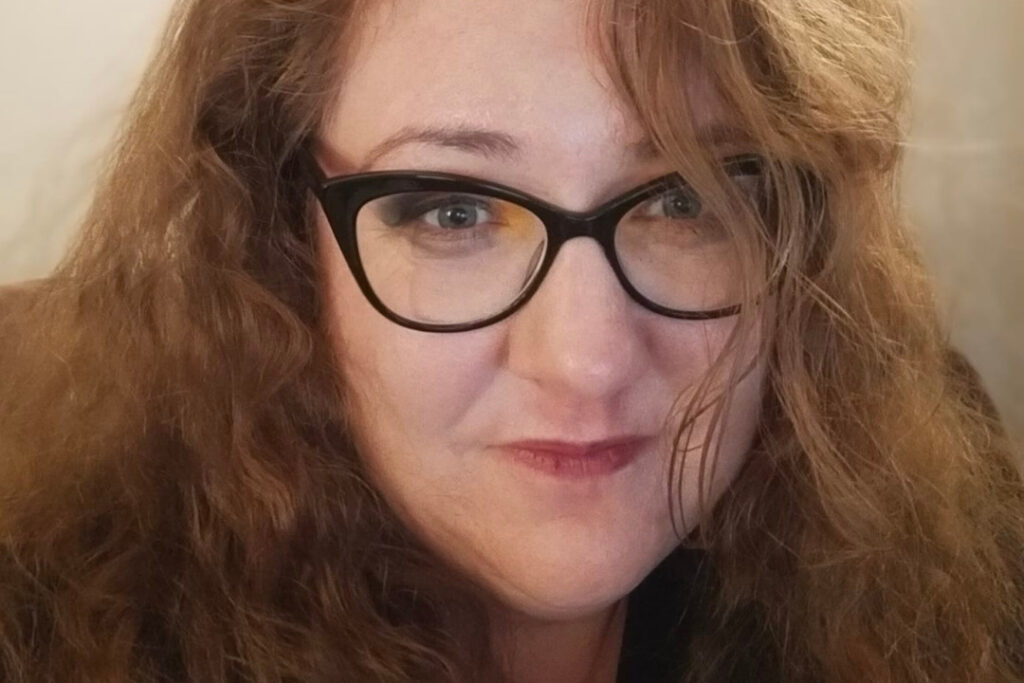
This Pride month, we’re sharing stories of people who are both deaf and part of the LGBTQ+ community.
Rachel is 39 from Middlesbrough. She has moderate hearing loss and uses hearing aids but can often experience sensory overload, so doesn’t always wear them. She identifies as queer.
Can you tell me about your experiences growing up as a deaf LGBTQ+ person?
“Growing up, I had friends and family of all genders and orientations. Life was huge, colourful, loud. That’s one of the things I love about the LGBTQ+ community, it’s so much fun. I first came out as bisexual when I was 16. My hearing loss developed later in life, so I use Sign Supported English (SSE – a language that stems from British Sign Language). I can probably catch 70% of a conversation with lipreading.
“Now, I identify as pansexual. Gender wise, I have my feminine days and my masculine days – and sometimes my ‘whatever’ days. I’m a bit of everything, which can be difficult for others to understand or accept. People say things like: “You can’t be both,” or “you’re just doing it for attention”, or “you’re married to a man, so you must be straight.”
“I go to our local Deaf Centre’s meetings, which are open to people with all levels of hearing loss and signing ability. We’ve got a real good mix of people that come in, including quite a few LGBTQ+ deaf people, which is lovely because we learn some fantastic LGBTQ+ signs… “
What’s your experiences of that ‘overlapping’ space, between the LGBTQ+ community and the deaf community?
“When it comes to deaf people who aren’t LGBTQ+, or LGBTQ+ people who aren’t deaf, then I think we could consider what connects us. It’s not about what bodies we have, or who we love, or how many decibels we can hear. Each community has a long history of being marginalised. It wasn’t so long ago that it was illegal to be gay, and I’ve had family members of older generations institutionalised for being deaf.

“There aren’t many of us that exist in both groups. The Venn diagram of where we cross over can feel tiny! But this can push us into being more accepting. It’s a happy space; we want to help each other get better at being ourselves.”
There’s been growing media representation of deaf LGBTQ+ people over the past few years. How does that make you feel, and do you think there’s need for more visibility?
“I love the fact there’s more representation of deaf LGBTQ+ stories in mainstream media! Though I’m cautious about straight hearing people playing deaf LGBTQ+ people, which does happen. But I think the greater visibility is wonderful, as it pushes our experiences more into the limelight. That’s only going to increase visibility and understanding, which will give more people the confidence to be inclusive.
“I’d like for us within these communities to push for one another’s visibility, too. Deaf authors or LGBTQ+ artists could both encourage deaf LGBTQ+ people more. It looks like that’s changing, and that’s great. I really hope there’s a time when we relate to each other by our similarities rather than our differences – whatever identities or experiences we have.”